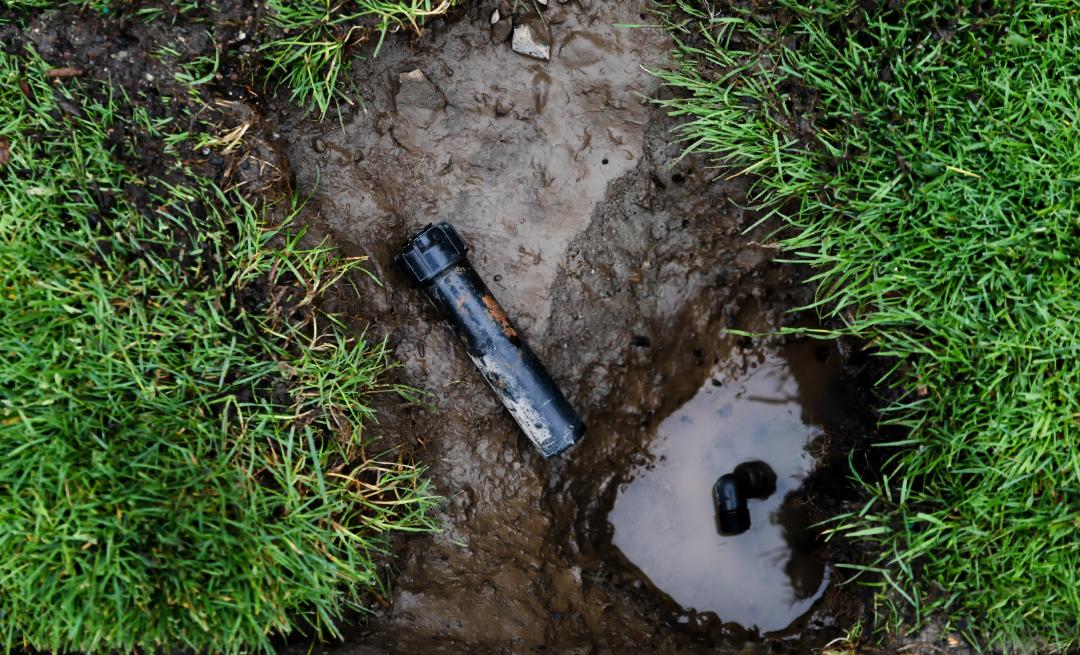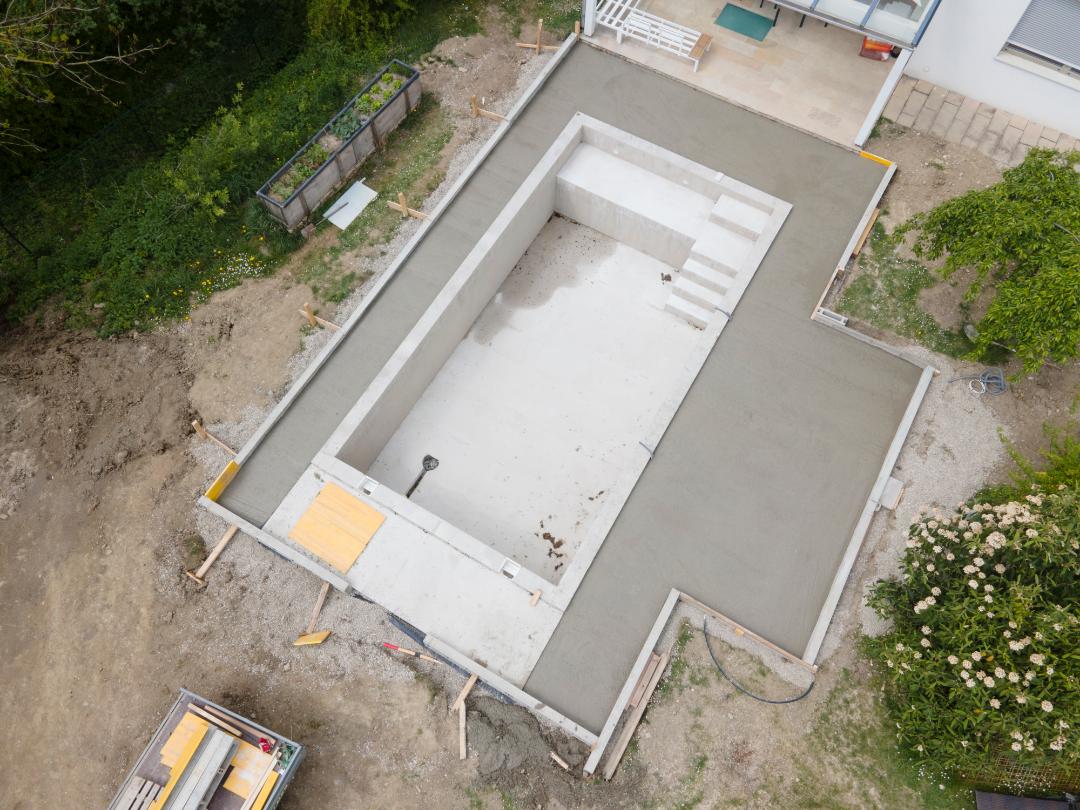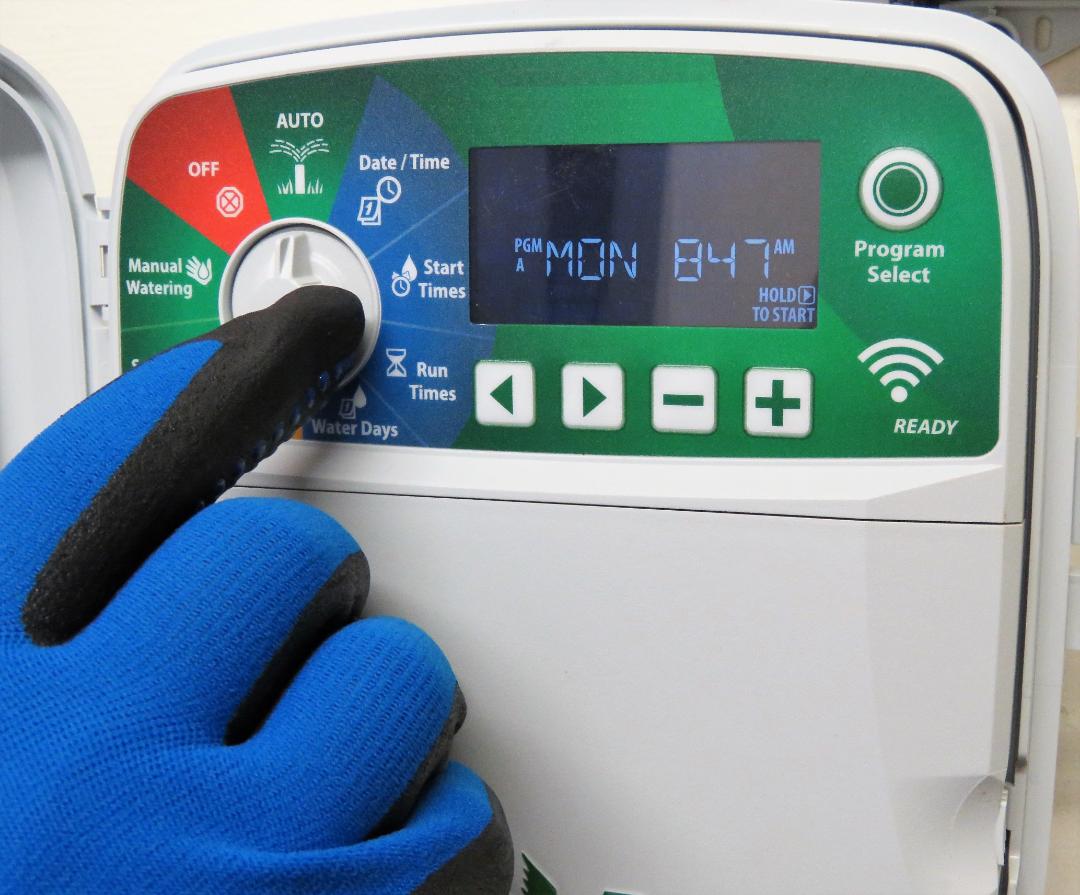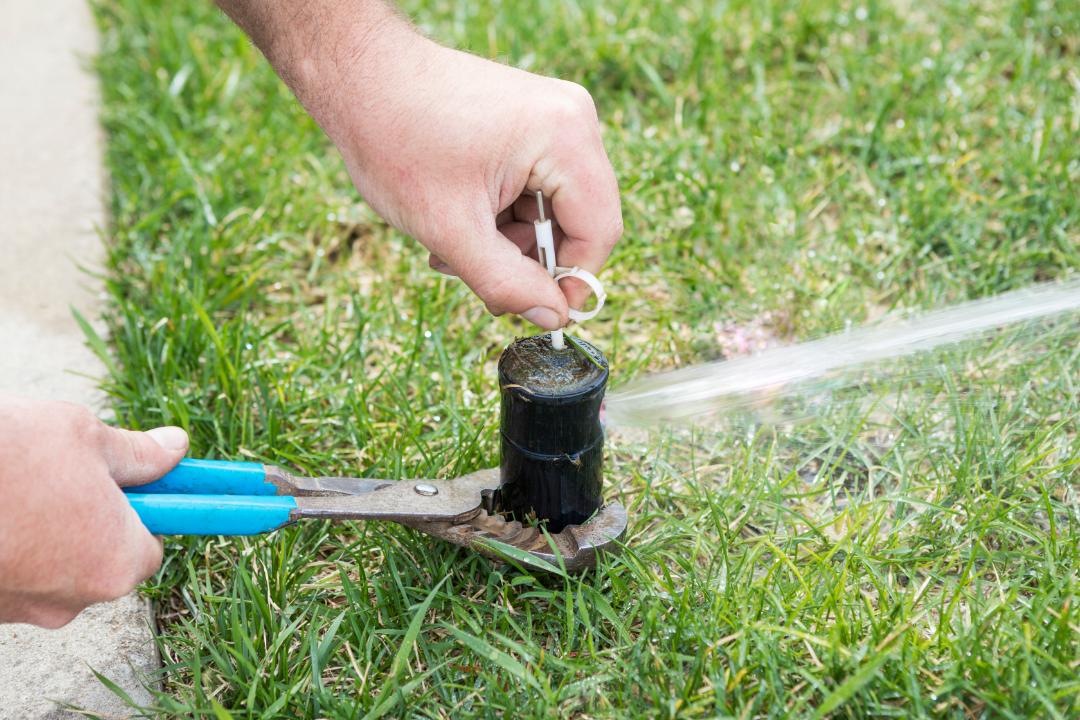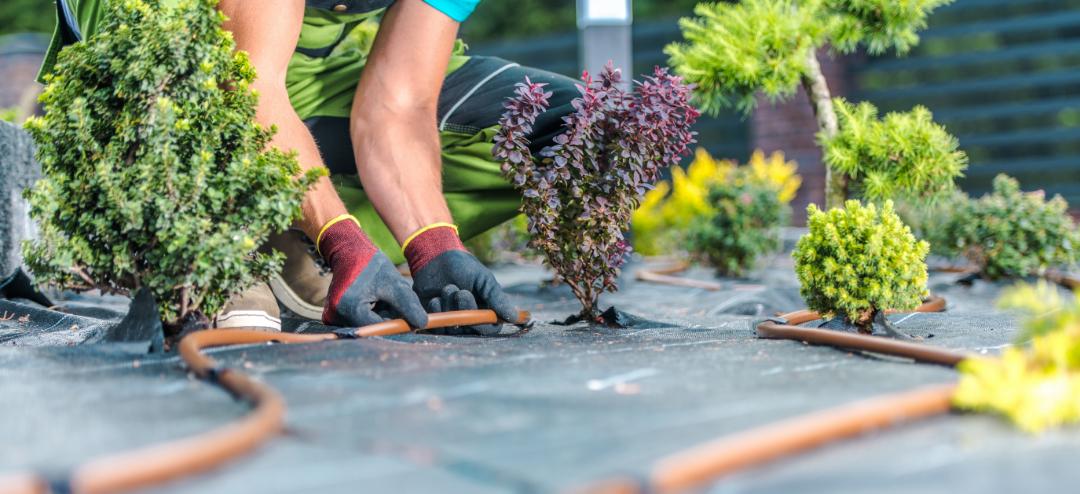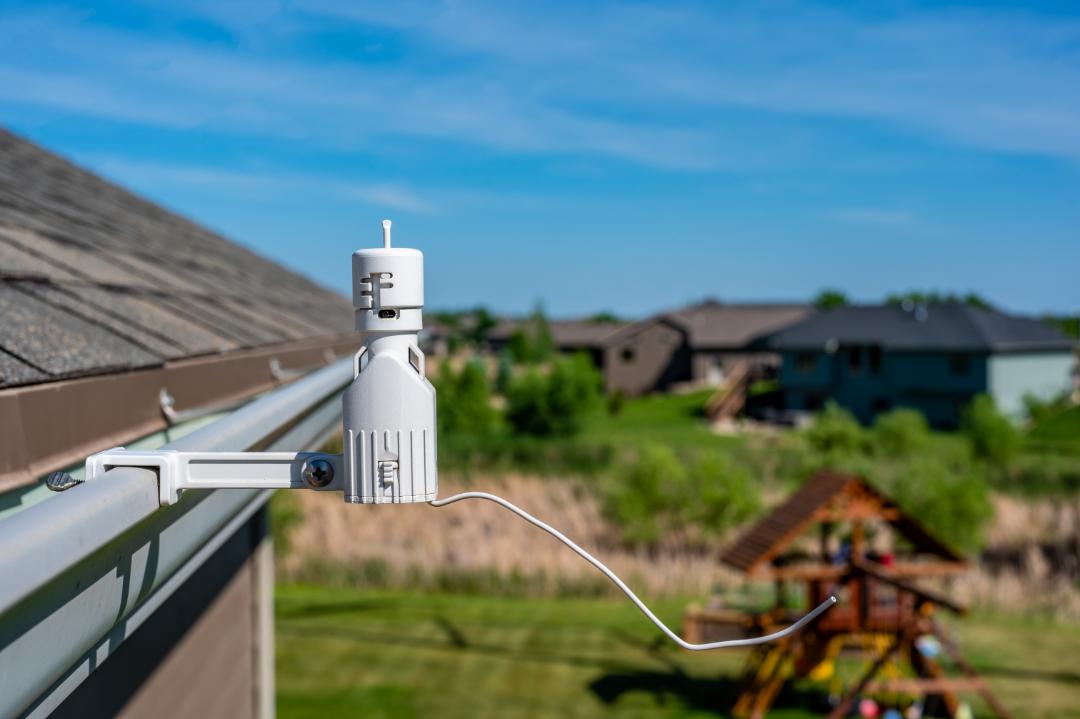Springing into Action: A Guide to Starting Your Sprinkler System for the Season

As the winter frost begins to thaw and signs of spring emerge, it’s time to shift our focus to the lush greenery that awaits us in the warmer months. One crucial task to kickstart your gardening endeavors is starting up your sprinkler system for the season. Ensuring your irrigation system is in top-notch condition can make a significant difference in the health and vibrancy of your lawn and garden. In this guide, we’ll explore the key factors to consider when initiating your sprinkler system, ensuring a successful and efficient watering season ahead.
Inspect Your System:
Before activating your sprinkler system, it’s essential to conduct a thorough inspection. Check for any visible signs of damage or wear on the sprinkler heads, pipes, and valves. Look out for cracks, leaks, or broken components that may have occurred during the winter months. Replace any damaged parts to guarantee optimal performance.
Clear Debris and Obstructions:
Winter weather can leave debris such as leaves, twigs, and dirt in your sprinkler system. Clear any debris around the sprinkler heads and inspect them for obstructions. Clogged or blocked sprinkler heads can lead to uneven water distribution and potentially damage the system. Clean or replace any obstructed components to ensure a uniform water spray.
Check for Leaks:
Inspect your entire irrigation system for leaks. Leaks can result in wasted water, increased utility bills, and potential damage to your landscape. Look for water pooling around sprinkler heads, valve boxes, and along the irrigation lines. If you identify any leaks, repair or replace the affected parts promptly.
Test Each Zone:
Activate each zone individually to verify that all sprinkler heads are functioning correctly. This allows you to identify any malfunctioning heads, misaligned spray patterns, or areas with insufficient water coverage. Adjust the direction and range of the sprinkler heads to ensure comprehensive and even watering throughout your lawn and garden.
Program the Controller:
If your sprinkler system is equipped with a controller, program it to meet the specific needs of your landscape. Set watering schedules based on the type of vegetation, local weather conditions, and water conservation guidelines. Adjusting the controller ensures that your system operates efficiently and minimizes water wastage.
Evaluate Water Pressure:
Check the water pressure in your irrigation system to ensure it falls within the recommended range. Excessive pressure can damage the system and lead to uneven watering, while insufficient pressure may result in inadequate coverage. Install a pressure gauge to measure the water pressure and make adjustments if necessary.
Consider Smart Irrigation Technology:
Upgrade your sprinkler system with smart irrigation technology for enhanced efficiency and convenience. Smart controllers can automatically adjust watering schedules based on real-time weather conditions, soil moisture levels, and plant requirements. This not only promotes water conservation but also contributes to a healthier and more vibrant landscape.
As you prepare to embark on the gardening season, dedicating time to start your sprinkler system thoughtfully will set the stage for a flourishing and well-maintained landscape. By conducting a thorough inspection, addressing any issues promptly, and optimizing your irrigation system for efficiency, you’ll ensure that your lawn and garden receive the care they need to thrive throughout the season. With these tips in mind, you’re ready to welcome the warmer months with a lush, healthy, and beautifully watered landscape.


